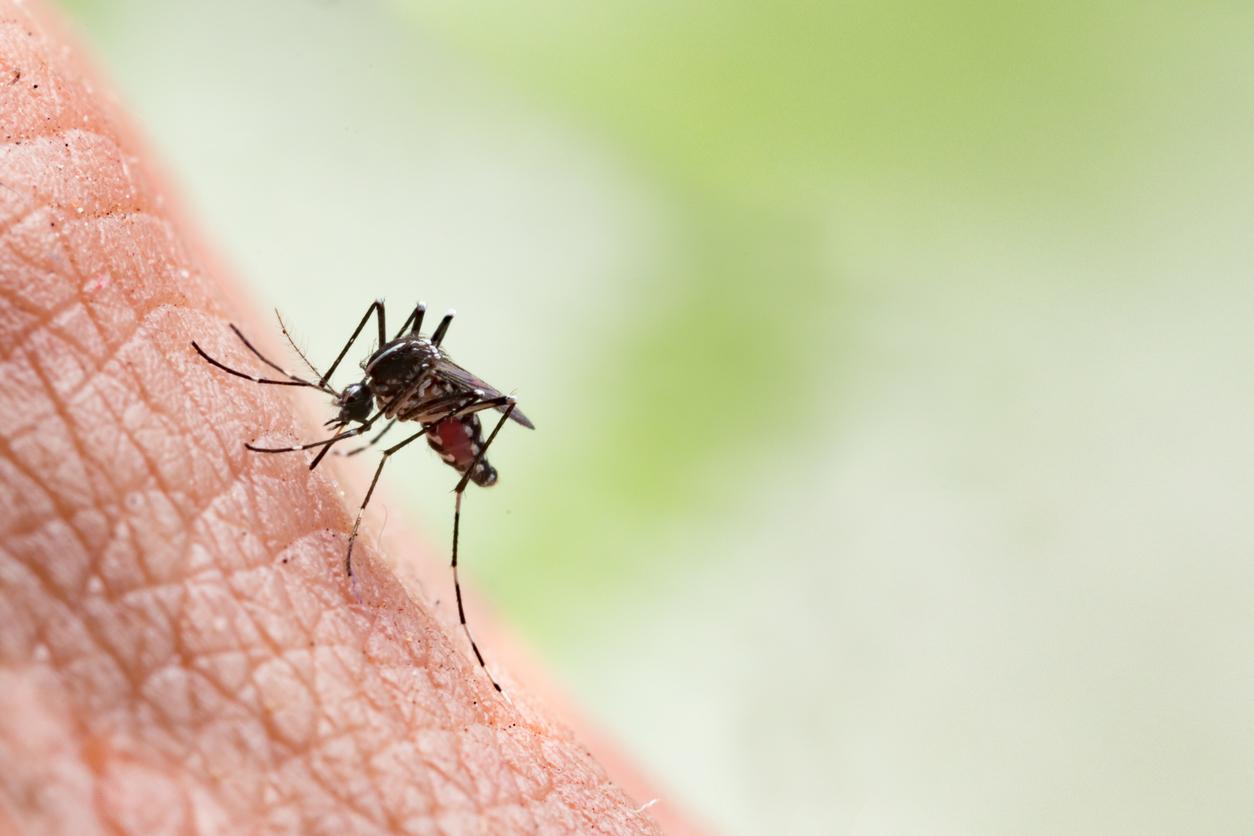The oldest strain of this bacterium has been found in human remains, dating from 5,000 years ago.

- In the 14th century, the Black Death epidemic decimated more than half of the European population.
- Contamination usually occurred through the bites of fleas, which had previously been infected by rats.
- The remains of “RV2039” show that he probably died of this disease, even though it developed very slowly in his organism.
He would be over 5,000 years old today, and he would be plague patient zero. This hunter-gatherer has been identified by German scientists as the first known case of this disease which ravaged Europe in the Middle Ages. In his remains, they spotted traces of Yersinia pestis, the bacterium that causes the plague. In Cell Reportsscientists are back on this discovery.
A bacterium discovered in 1894
“Most surprisingly, we can estimate that the appearance of the plague took place 2,000 years earlier than previous research suggested.“, underlines Ben Krause-Kyora, one of the authors of this study. If the bacterium Yersinia pestis was first identified in 1894, its exact origin is not yet known. With these new findings, researcher Ben Krause-Kyora believes that “we are really close to the origin of the bacteria“.
The oldest strain ever identified
At the end of the 19th century, human remains had been discovered in Latvia: these were those of hunter-gatherers who died 5,000 years ago. In the meantime, and with two world wars, these skeletons had disappeared. In 2011, they were found and new research was carried out in the area of discovery. Ben Krause-Kyora and his team recovered various samples, including teeth and bones. They sequenced their genome and then checked for the presence of certain viruses and bacteria. In the sample called “RV2039“, they spotted the presence of the bacteria Yersinia pestis. According to German scientists, it is the oldest strain of the virus ever discovered. It would be taken from a lineage dating back 7,000 years.
A less contagious version
But this strain of the virus lacked a crucial element: the gene allowing fleas to become vectors. According to the researchers, it took more than a thousand years for the bacterium to acquire the necessary gene. “RV2039” was infected by a less aggressive version, for proof, the people buried near him were not infected. According to them, the hunter-gatherer was probably contaminated by a rodent bite, but he would not have transmitted the illness afterwards.
This discovery allows them to conclude that this strain of the bacterium had experienced a slow evolution and a low level of transmission. But it also modifies the knowledge of the human genome, which evolved at the same time as the disease. It also challenges the theory that infectious diseases have mainly developed in large cities: when “RV2039” died, 5000 years ago, these did not exist!
.
















